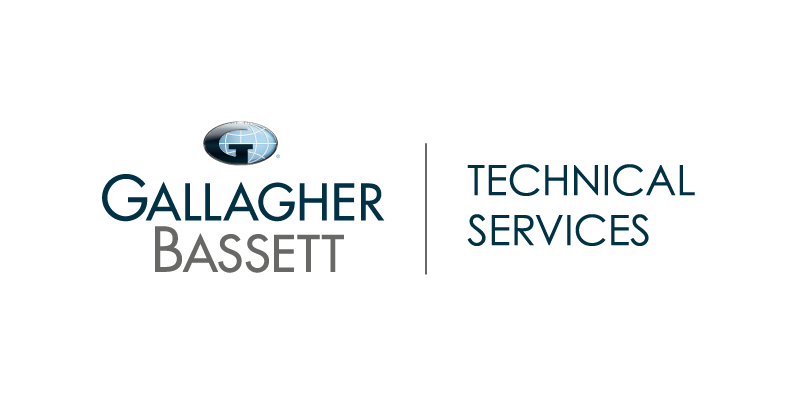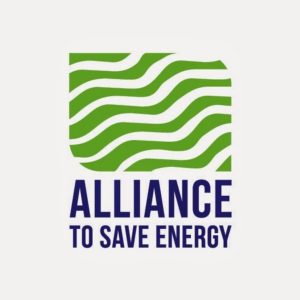According to some groups, the future of construction will be Green; and the Alliance to Save Energy (ASE) has recently released the blueprint to drive the Industry in that trajectory. At the Energy Efficiency Global Forum (EE Global Forum) in Washington D.C., ASE president, Kateri Callahan, pulled no punches in the alliance’s message – “we can’t meet our goals without also looking at buildings holistically and taking a systems approach.”
At the EE Global Forum, the ASE released their latest blueprint for green-building, “Greater Than the Sum of its Parts” (Sum of its Parts), which hopes to be the game changer to drive the future of building. In Sum of its Parts, the ASE encourages all stakeholders to consider changing their views on the building process; looking beyond individual components to instead focus on how the building process works in conjunction throughout the entire process to maximize energy conservation and cost-efficiency. The ASE outlines 5 key strategies to incentivize a systems approach to building:
- Break down silos – or shifting from looking at building from a “piecemeal,” component-focused process to a collaborative, system approach that includes a multitude of stakeholders including architects, engineers, designers, developers, and building operators.
- Integrating Systems – would require integration from within and among different systems operating in a building.
- Optimize with Technology – a push to incentivize the use of new and proven smart technologies and controls that will improve building efficiency.
- A Big Picture Approach – Systems-level building isn’t about the building phase or about the end-product. A systems-based approach focuses on all parts of the building’s life cycle: design and construction, as well as operations and maintenance phases, are all equally important in the building process.
- Thinking Outside of the Building – planning beyond the structure itself; how does the building’s energy savings hold up across multiple buildings, how does it relate to the electric grid?
These strategies offer a range of actions that builders, designers, architects, and even government agencies can incorporate to create incentives across the board. In practice, these recommendations can be implemented as improved daylighting in buildings, dynamic and passive integrated facades that encourage the use of highly insulated windows. On the agency side, ASE’s recommendations urge revisions to existing building codes to shift prescriptive requirements that inform performance requirements to one in which building system performance as the starting point of the building plan.
Before writing these guidelines off as being unattainable, ASE also announced their latest corporate partners – multinational clothing retailer, H&M, and U.S.-based LED lighting company, Cree. At the EE Global Forum, H&M global sustainability business expert, Pierre Borjesson said, “H&M will support reductions of greenhouse gases to a larger extent than what our value chain emits. Two of our key priorities are leadership in energy productivity and using renewable energy throughout the value chain.”
Related Courses: 10HR OSHA – General Industry
The addition of these two major global companies reinforces that better green-building and operations are the future of our industry. Make no mistake, this isn’t an overnight change; H&M’s global commitment spans over 4,000 physical locations and is expected to reach its goal of doubling its energy productivity by 2040. That’s why understanding and implementing a building-systems approach to design and construction is a wave you should be watching – it will be the future of our industry.

